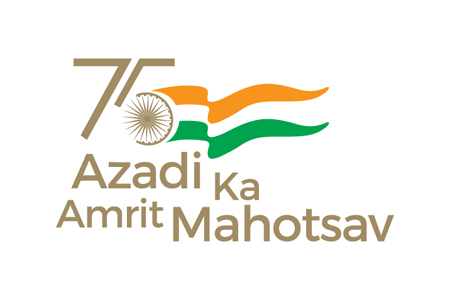Building a learning culture in the Textile Industry

10 March 2023, Mumbai
The Indus Valley Civilization, which is among the earliest historical documents of the Indian subcontinent, has references to the Indian clothing industry. Moreover, one of the oldest and biggest export sectors globally is clothing.
Due to its low fixed costs and focus on labor-intensive manufacturing, the apparel sector is frequently the usual entry point for nations engaged in export-oriented industrialization.
Context setting; No gainsaying that, Building a learning culture in the textile industry is absolutely vital for businesses to stay agile, competitive, nimble, and innovative. By motivating, and inspiring continuous learning and sustainable development among employees, organizations can nurture & harness a culture of creativity, innovation-led & problem-solving approaches, and a spirit of collaboration in this globalized world.
Therefore, suffice to state here that this is only likely to ever-improved productivity, better-quality products, and appreciative customer satisfaction as a feedforward. The caveat is that where the biggest surprise comes out is that," Continuous learning ameliorates competitiveness and innovation in the textile industry".
An overview
The production of apparel/clothing makes up a significant portion of the textile industry—more than two-thirds, according to estimates. Moreover, the garment business and the rest of the textile industry are closely related.
The three-stage value chain includes the first step of turning raw fibers into yarns, the second stage of turning yarns into the fabric, and the last stage of dyeing/printing, sewing, and finishing of fabric into apparel, resulting in the finished article of clothing.
The effectiveness and competitiveness of these backward connections that function in the more significant textile industry are also essential factors in the success of the clothing sector.
Historical context
A clothing company may anticipate its production process to be dependable and efficient and potentially increase its ability to compete on pricing if they effectively control the supply of raw textiles and supplementary goods.
As a result, both the prospects and performance of the garment industry and the entire textile sector strongly influence one another. Due to several variables, India has historically benefited from the comparative advantage in the textile industry. The textile industry contributes more than 2% of the overall GDP or 12–14% of the GDP of the industrial sector.
Competitive landscape
Due to its high labor intensity, the textile industry is also a significant employer, notably for unskilled and semi-skilled labor. The importance of the textile industry is also derived from the fact that it accounts for a sizable portion of India's exports. Nevertheless, the proportion of textile exports to India's exports has dropped over the past few years. Additionally, nations like Bangladesh and Vietnam are putting more pressure on India's textile exports.
Aerial view
Takeaways; Although the textile industry in India has been extensively studied, only a few recent studies have looked at the underlying causes of India's textile exports, notably the exports of clothing, which have yet to grow.
This article aims to close this gap in the research while also examining the effects of other types of policies, most notably tariff regimes, in the target markets. The investigation of the contributing elements behind this reduction in Indian clothing/garment exports is the article's primary goal.
To get insight into the primary issues impeding India's apparel/garment exports, the report also analyses the international export performance of other significant apparel exporters. It compares its results with India's export performance.
Lead indicators; The point of discussion lately for businesses in the textile industry is been the growing intrigue around figuring out how to prioritize learning and development resulting in incremental improvements in employee retention and productivity for any firm's sustainable business model with consolidating on management bandwidth all the time.
Interestingly, one trade study's findings and observations were that companies with robust directional learning cultures had a 34% greater employee retention rate and a 17% tangible increase in productivity which speaks volumes and that is something often does not get due attention.
The greatest investment you can make is in people
All things gold; building a learning culture in textiles is crucial for firms to adapt to changes/complexities staying afloat & relevant.
Above all, the phenomenon warrants a commitment from top-level leaders to keep/stay invested in employee development, grooming, training, supervision, mentoring fostering a growth-oriented problem-solving skillful mindset, and nurturing creating an excellent environment brimming with optimism that enables & imbibes a tremendous scope for learning.
The biggest discovery can be by prioritizing learning and development, businesses can better/repair firms' balance sheets and improve their bottom line with concomitant while support to the sustainable growth and development of their employees being the most valuable asset.
Latest Publications

































